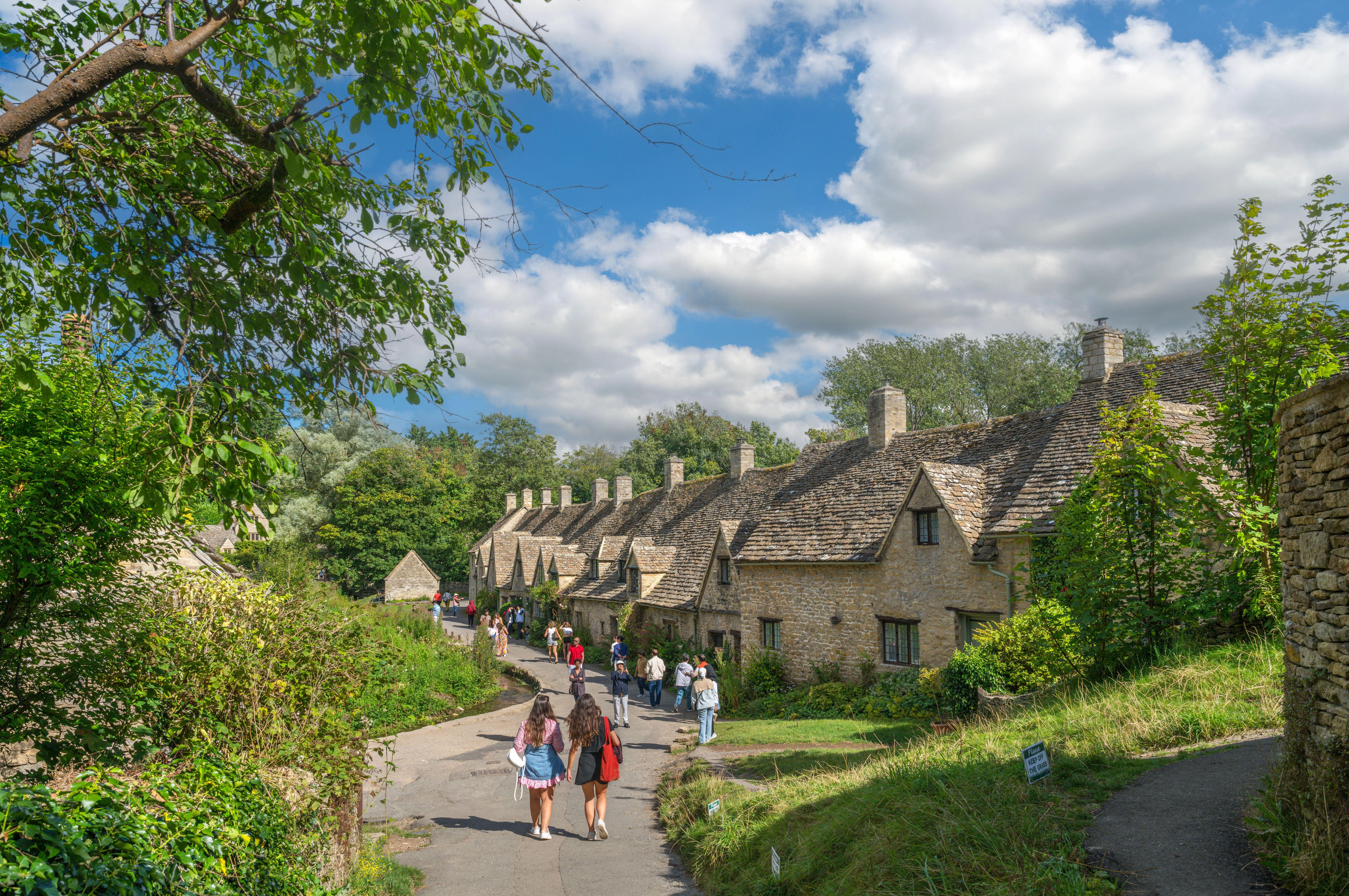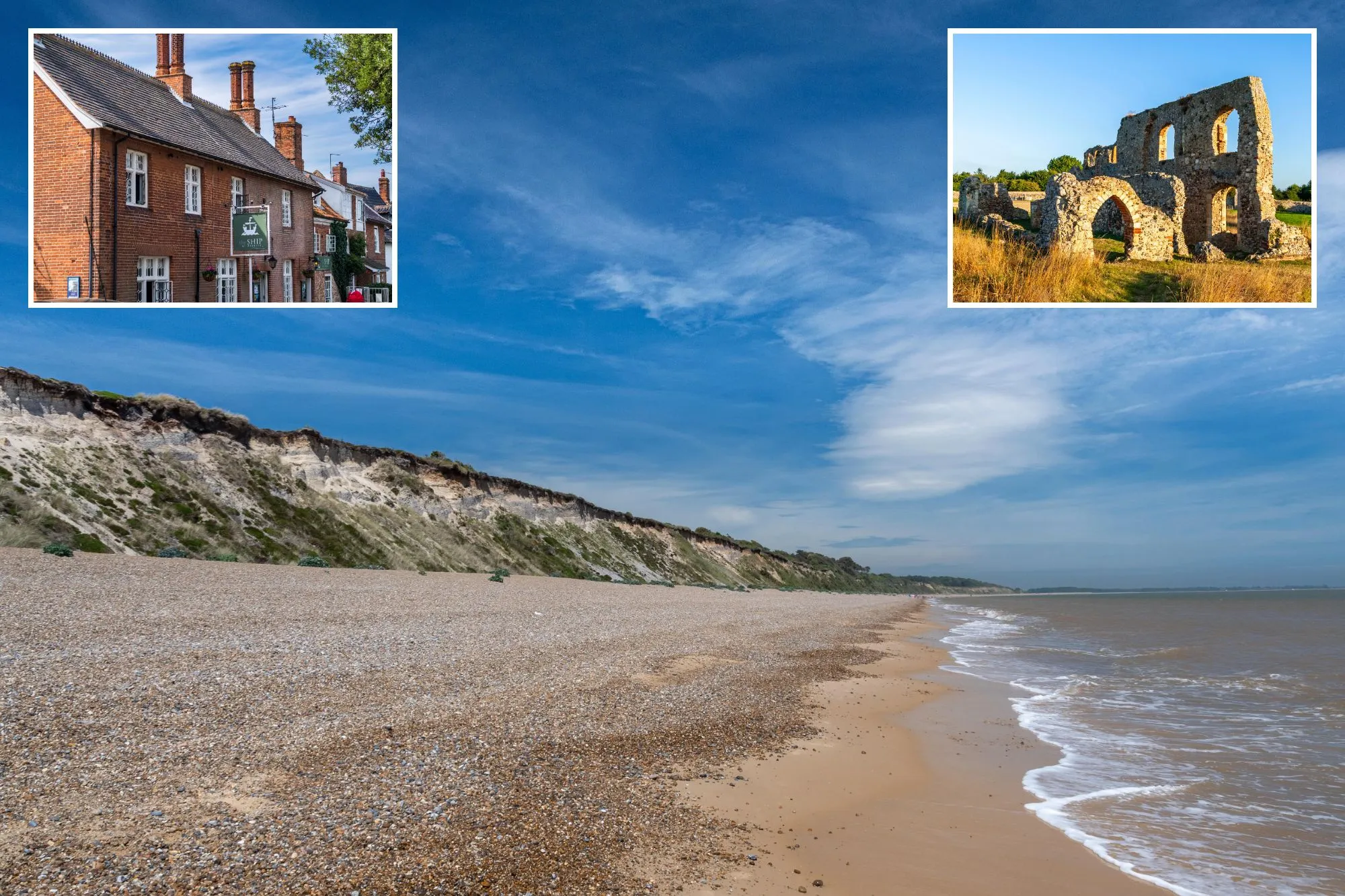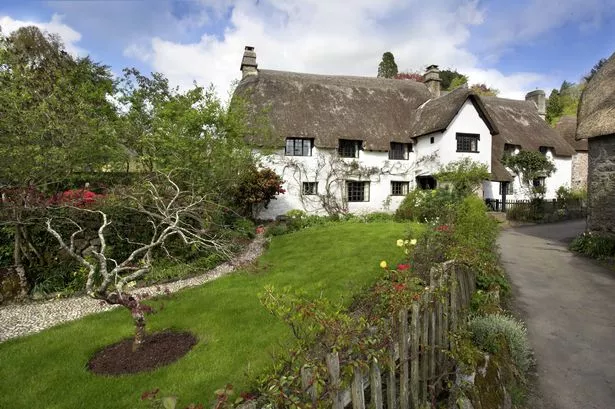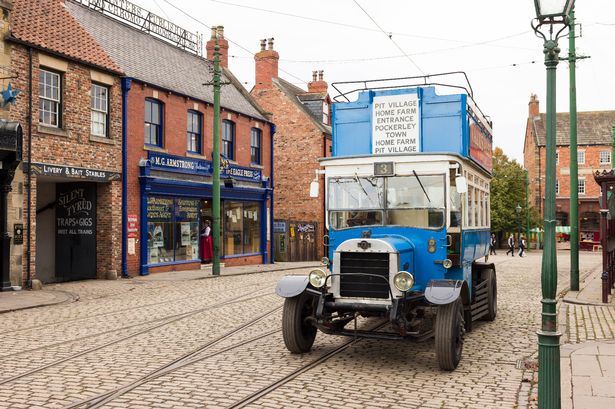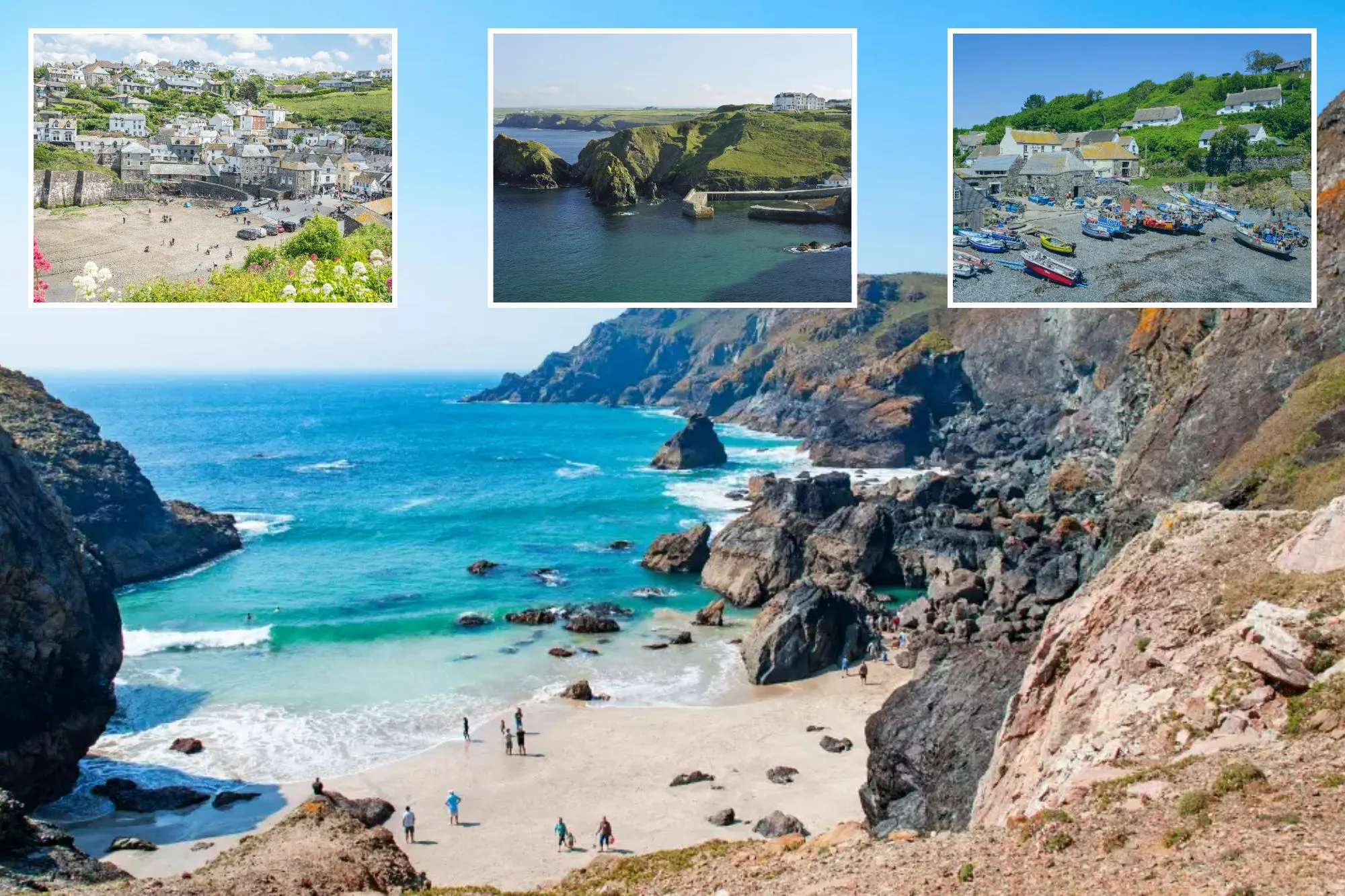The town is a haven for those who enjoy a countryside walk as well as fans of this famous sitcom and it’s easy to see why – with stunning views of Yorkshire
If autumn leaves you yearning for a countryside stroll whilst getting up close with nature, this charming town nestled in the Holme Valley provides the ideal getaway.
Famous for its breathtaking panoramic views stretching across Yorkshire, Holmfirth brims with year-round festivities and endless discoveries waiting to be made. Those unfamiliar with this picturesque spot may have actually glimpsed it from their own living rooms whilst tuning into the beloved sitcom Last of the Summer Wine.
This delightful town served as the setting for the characters’ adventures and continues to attract devoted fans of the series, eager to step into what feels like a make-believe world. Yet it’s wonderfully authentic, enveloped by verdant landscapes and positioned merely six miles south of Huddersfield and 14 miles west of Barnsley.
Holmfirth actually houses a dedicated exhibition celebrating the much-loved programme. One visitor shared their experience on TripAdvisor, writing: “The building itself is Compo’s house from the series, which is extra special; there are lots of memories, pictures and extras from episodes from the show.
“The visit brought back many childhood memories of something I used to enjoy watching. Well worth a visit, and you have Nora Batty’s house above to grab a photo on the steps.”
The boundary of the Peak District National Park sits merely two miles distant, making Holmfirth a natural pit stop for enthusiastic ramblers and hiking enthusiasts passing through the area. The renowned Holmfirth Circular trail begins in the town centre, winding through the picturesque Hope Valley before returning visitors to the charming cobbled streets where they started.
The stunning circular route takes approximately two to two and a half hours to finish and boasts an excellent 4.6 rating from experienced walkers. Spanning roughly 7.2km in total, the path is considered suitable for people of all fitness levels and walking abilities.
The town’s very own vineyard proves a major attraction, offering visitors hours of wine tasting and sampling premium local vintages. Holmfirth Vineyard provides guests with comprehensive guided tours explaining the wine-making process, culminating in tastings of varieties produced on-site.
Alternatively, many travellers simply call in for a delightful breakfast whilst taking in views across the Yorkshire countryside. One visitor wrote on TripAdvisor: “Spent the day at Holmfirth Vineyard and Restaurant, and what an experience!
“We were treated to a fascinating insight into the history of the business; it’s amazing to see the passion and dedication that goes into every bottle. The wine tasting was a treat, and it all wrapped up beautifully with a delicious Sunday dinner!”
Another visitor said: “The view on arriving was spectacular, and afternoon tea was delightful and filling. The wine tour and tasting were interesting, knowledgeable and entertaining; we all enjoyed it.”
Holmfirth thrives on festivities, hosting the annual Holmfirth Film Festival each year – a celebration featuring an extensive range of films from neighbourhood creators to global cinema, all within this compact town. The area also stages a yearly Arts Festival alongside a community market that presently operates on both Thursdays and Sundays.


